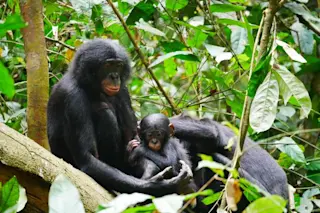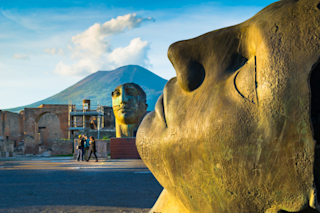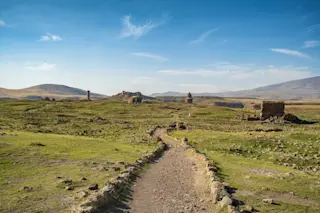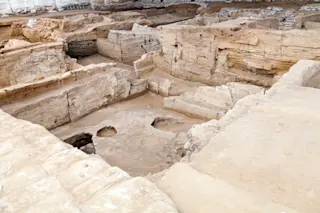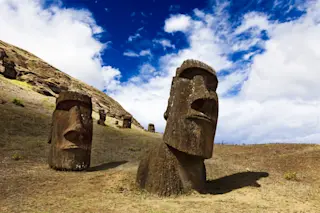Humans think of themselves as exceptional among the creatures inhabiting Earth. But it wasn’t always so.
Multiple groups of humans once co-existed with Homo sapiens, including Neanderthals and the mysterious Denisovans. And we did more than simply live alongside them — traces in our DNA reveal that our ancestors also interbred with other human species.
Now, for the first time, researchers have found direct evidence of this interbreeding in the form of a 13-year-old girl from Russia’s Altai Mountains. Her mother was a Neanderthal and her father was a Denisovan, making her a first-generation hybrid of human species.
Researchers from Germany’s Max Planck Institute for Evolutionary Anthropology and elsewhere uncovered the unique specimen among a trove of bones excavated from Denisova Cave in Siberia. The cave is the only place where archaeologists have found bones belonging to the Denisovans, a species of ancient human who we still know very little ...





